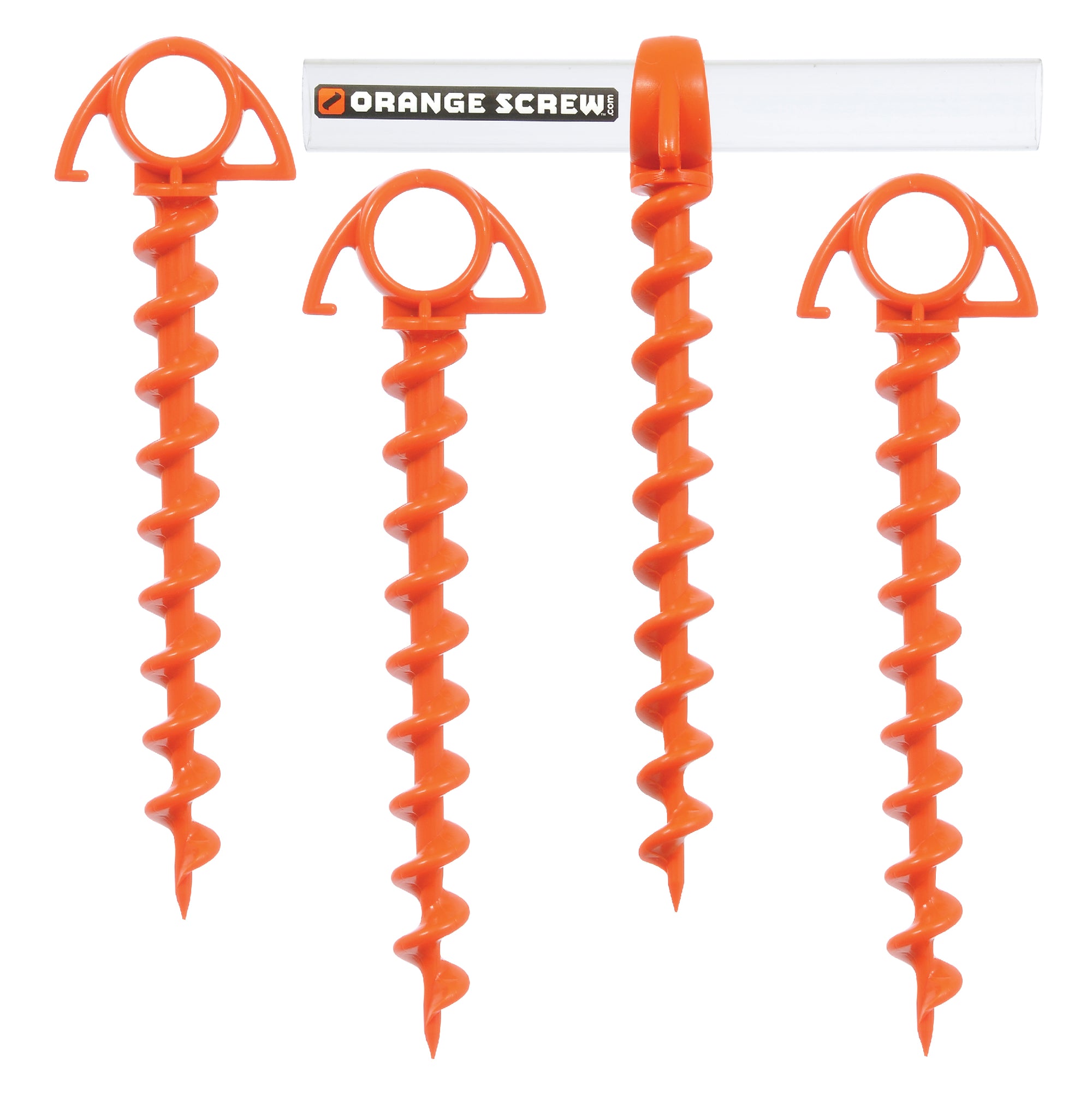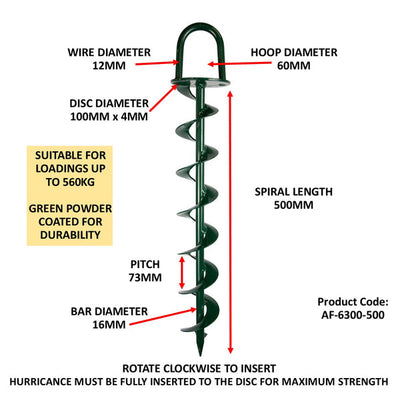Understand Why Ground Anchor Is Crucial for Security and Durability
Ground supports are a crucial part in building and construction, offering crucial assistance and security for numerous structures. Understanding the different kinds and applications of ground supports can brighten their indispensable role in guaranteeing safety and toughness.
Role of Ground Supports in Building And Construction
Ground anchors play a critical role in building and construction by giving important assistance and stability to frameworks. These gadgets are designed to transfer loads from a framework to the ground, making sure that buildings and other frameworks continue to be safe and secure under different conditions. Ground anchors are specifically important in situations where dirt conditions are unsteady or where there is a threat of lateral activity, such as on inclines or near bodies of water.
The installment of ground supports entails boring into the earth to get to secure dirt or bedrock, where the anchors can be firmly secured. This process not just enhances the structural integrity of a task however likewise minimizes the dangers connected with soil disintegration and shifting. Additionally, ground anchors can be used in short-lived structures, such as building and construction websites, where they provide essential stablizing during the building process.
Ground supports additionally add to the durability and longevity of frameworks by lowering the possibility of settlement and failure. Ground Anchor. By properly dispersing and taking care of lots, these important elements are important in maintaining security standards and ensuring the dependability of various construction jobs. Generally, the importance of ground supports in building and construction can not be overemphasized, as they are essential to successful engineering techniques
Kinds Of Ground Anchors


While various sorts of ground anchors exist, each serves specific applications and problems within building and construction projects. One of the most common kinds consist of mechanical supports, grouted supports, and driven supports.
Mechanical anchors, such as growth anchors, make use of a mechanical action to protect the anchor within the substrate - Ground Anchor. These are frequently used in light-weight applications, like securing components to stonework or concrete
Grouted anchors, on the various other hand, involve drilling a hole, putting a steel pole or wire, and afterwards loading the annular space with grout. This approach is suitable for high-load circumstances, providing enhanced stability and resistance to dynamic pressures frequently located in heavy construction.
Driven anchors are generally set up by driving a steel pole or pipeline right into the ground, making them ideal for short-lived applications such as safeguarding scaffolding or formwork. When no much longer required., they are quick to install and can be removed quickly.
Other specific anchoring systems include helical anchors, which are screw-like tools used in various dirt problems, and deadman anchors, which depend on the weight of a hidden challenge offer stability. Each type of ground anchor is designed to fulfill certain engineering requirements, guaranteeing security and architectural stability.
Advantages of Utilizing Ground Supports
The benefits of making use of ground supports in building and construction projects are considerable, improving both safety and security and structural performance. Ground supports offer vital resistance versus lateral pressures, such as dirt motion, wind tons, and seismic activity. This resistance aids preserve the stability of structures, preventing prospective failures that can lead to dangerous scenarios or costly repair work.
Moreover, ground supports help with the effective transfer of tons from frameworks to the surrounding soil, making certain a balanced distribution of weight. This tons transfer reduces the threat of shifting or settling, which can compromise the stability of a structure over time. By utilizing ground anchors, designers can additionally create a lot more effective layouts, as they allow for slimmer architectural components while preserving security standards.
Additionally, ground supports are adaptable and functional to numerous soil conditions and project demands. Their installation can commonly be finished rapidly and with marginal disruption to the surrounding setting, making them an effective choice for lots of building applications. Eventually, using ground anchors improves not only the longevity of structures but also contributes to a safer working atmosphere for building employees and future residents.
Common Applications and Uses
Numerous construction jobs take advantage of ground anchors for their efficiency in enhancing security and safety and security. These flexible components are frequently utilized in different applications across the construction and civil engineering industries. One common application is in preserving walls, where ground anchors give the needed support to stop soil movement and preserve structural integrity.
In addition, ground anchors are important in protecting temporary frameworks, such as scaffolding and shoring systems, ensuring they stay stable during construction activities. In the world of structure assistance, they are made use of to strengthen existing structures, especially in locations prone to ground negotiation or shifting soil conditions.
Ground anchors additionally locate considerable use in Discover More incline stabilization jobs, where they aid reduce landslide risks by anchoring the dirt to secure rock developments. One more significant application is in the installment of wind generators, where they safeguard the base against side pressures created by wind, guaranteeing functional safety and longevity.
Furthermore, ground supports are employed in tunneling jobs to maintain the bordering ground throughout excavation. Their varied applications highlight the essential function ground anchors play in preserving safety and security and toughness in various building scenarios.
Setup Best Practices
Successful application of ground supports in different construction projects pivots on reliable installation techniques. Correct setup is crucial to make certain the supports meet their desired function and maintain architectural integrity in time. Secret best techniques consist of comprehensive site analysis, which entails evaluating dirt conditions, load requirements, and ecological variables that may affect anchor efficiency.
Prior to setup, it is Home Page important to pick the proper kind of ground anchor based upon the specific application and dirt attributes. Utilizing top quality materials and adhering to manufacturer specs will certainly boost the anchor's toughness and effectiveness. Throughout installment, ensure that the anchor is put at the proper angle and depth, as these aspects significantly influence load-bearing ability.
Furthermore, making use of correct tools and strategies is crucial, including drilling or driving approaches tailored to the website problems. After setup, carrying out tons screening can confirm the support's performance and identify any prospective issues early. Normal inspections are also advised to monitor the condition of the supports and surrounding dirt. By complying with these installation best techniques, engineers and service providers can improve the security and durability of frameworks reliant on ground anchors.

Verdict
In summary, ground supports are essential parts in building and construction, significantly boosting safety and longevity. Their capacity to move tons effectively minimizes risks linked with unstable dirt and lateral movements. The varied types and benefits of ground anchors, combined with their considerable applications, emphasize their relevance in both permanent and short-term frameworks. Following installation finest practices ensures optimum performance, thus adding to the general honesty and long life of construction tasks.
The setup of ground anchors entails exploration right into the earth to get to steady dirt or bedrock, website link where the supports can be safely anchored.The benefits of making use of ground supports in building and construction tasks are substantial, boosting both security and architectural performance.Numerous building projects take advantage of ground supports for their performance in enhancing stability and security.Effective application of ground supports in numerous building jobs hinges on efficient installation methods.In recap, ground supports are vital parts in building and construction, significantly enhancing safety and durability.